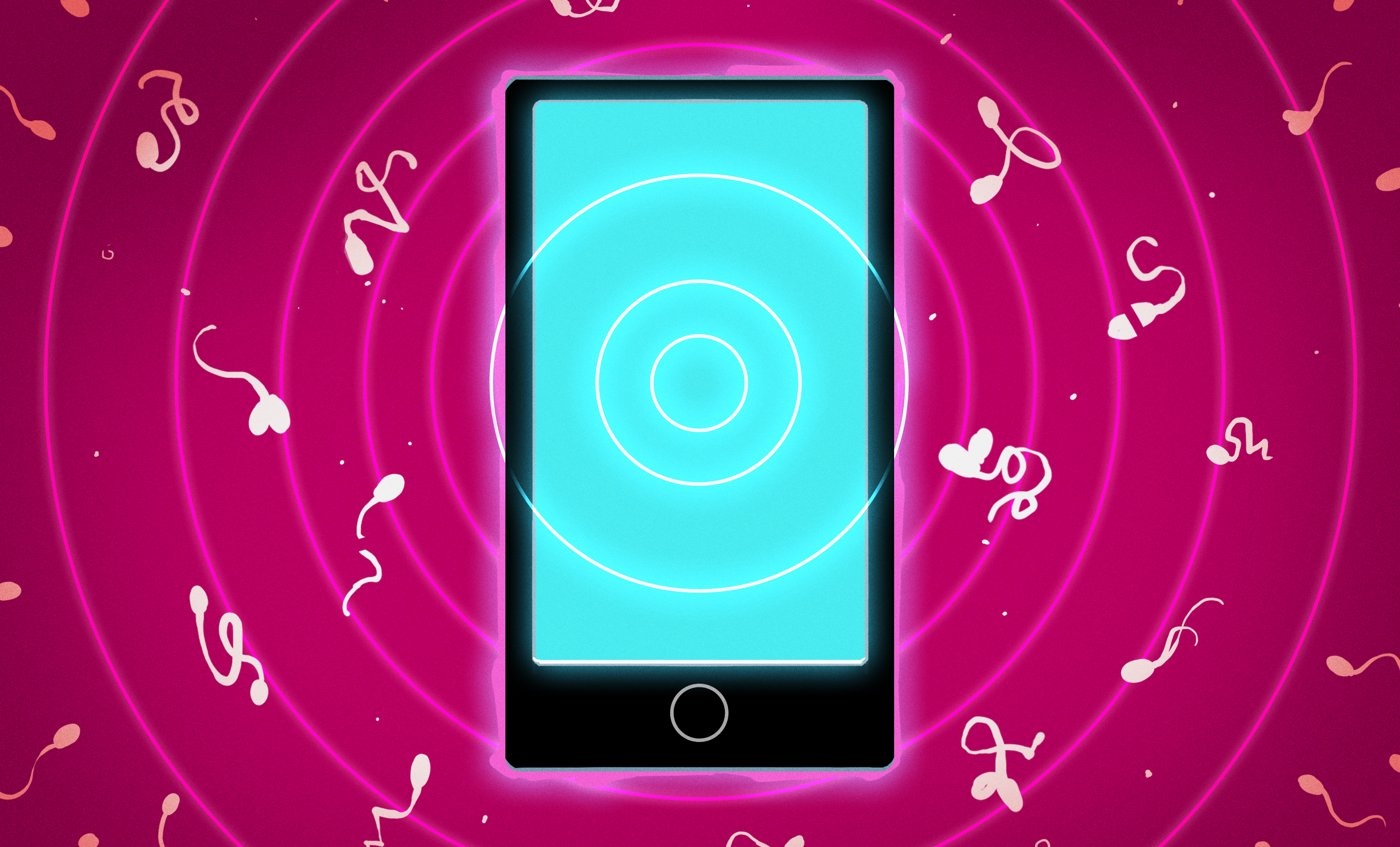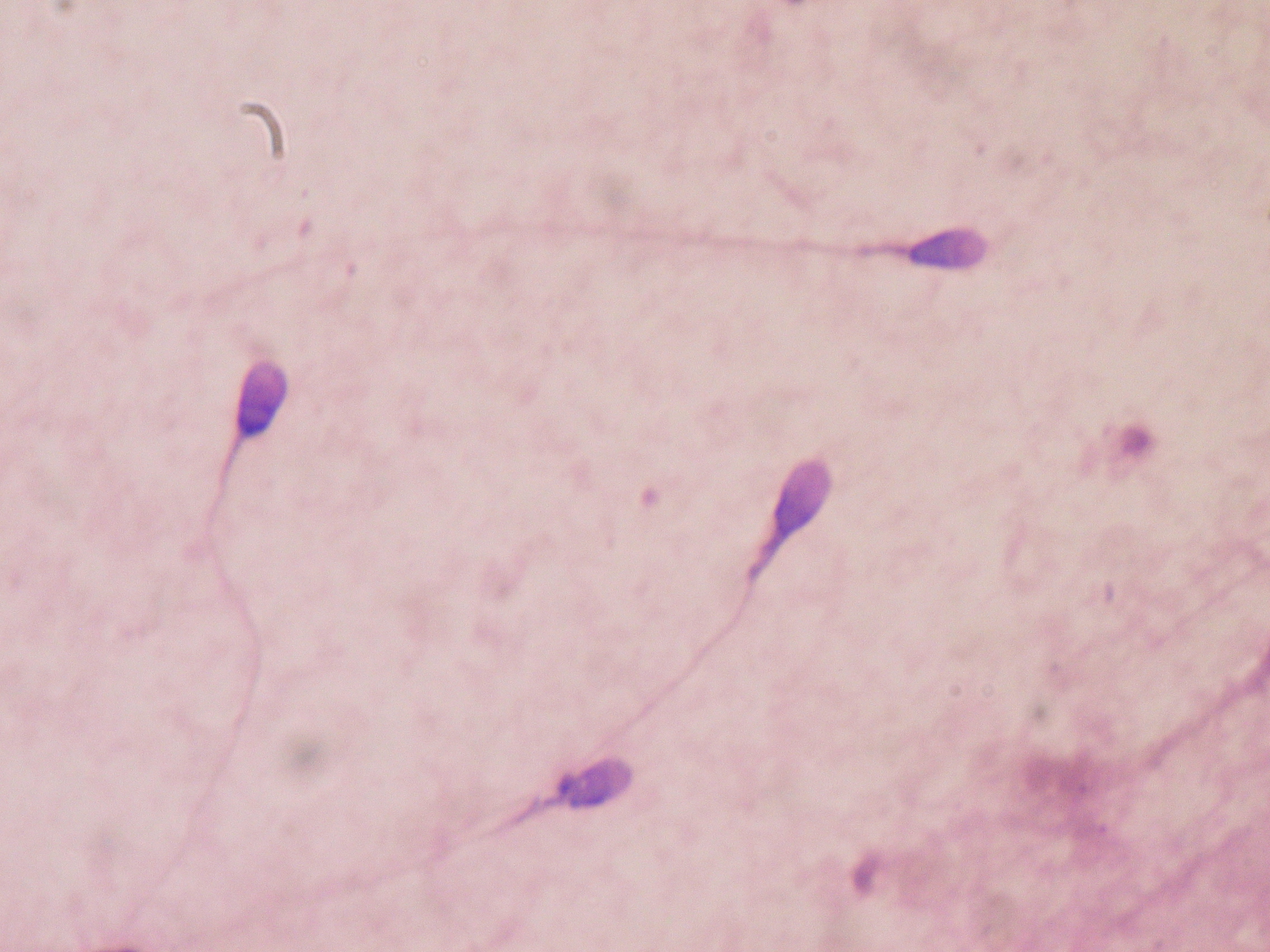Mobile Phones and The Question of Declining Sperm Quality [Hackaday]

In a world increasingly reliant on technology, a pressing question arises: can our dependence on gadgets, particularly mobile phones, be affecting our health in unexpected ways? A growing body of research is now pointing towards a startling trend – declining sperm quality in the human population – with mobile phones emerging as a potential culprit.
Recent studies have been sounding the alarm over a noticeable decline in sperm counts and quality across the globe. This decline isn’t just about quantity; it’s about the vitality, motility, and overall health of sperm cells. The implications of this trend are profound, affecting fertility rates and possibly even the long-term viability of populations. The situation is murky and complicated, but new studies suggest that cellular phones could have a role to play.
Ring Ring
Since the development of the microwave, the cellular phone, and WiFi, people have espoused fears around the invisible waves from these technologies. Ultimately, conventional knowledge says there aren’t really a lot of dangers from these devices, which output non-ionizing radiation. This means the radio waves output from these devices are not strong enough to remove an electron from atoms or molecules, and thus they theoretically can’t have a major negative impact on our body’s cells.
However, scientists never presume to know everything, and thus cellular phones have once again come under the spotlight as a potential cause of declining sperm quality. Given the unexplained decline in sperm quality and sperm counts across the globe, which appears to be accelerating, examining a wide range of potential causes only makes sense. Looking at the wireless radiators that we carry in our pockets is perhaps a very worthwhile target. While nothing conclusive has yet been proven, there’s somewhat of a smoking gun that has become apparent across multiple studies.

In a research paper published in the Central European Journal of Urology in 2014, 32 healthy men with “normal semen parameters” provided samples for a study. Each sample was split into even portions, in A and B groups. The A group was maintained in a thermostatic incubator for 5 hours, while the B group was treated the same, but with the addition of a mobile phone in the test chamber.
The sperm samples were then inspected for quality to determine whether they were potentially effected by the mobile phone. Sperm counts did not change significantly, nor did it differ between the two groups. Nor did the number of dead sperm show any grand difference. However, the group exposed to the mobile phone showed a significantly lower number of sperm displaying progressive movement. In fact, this B group also showed a greater number of sperm displaying non-progressive movement. Levels of DNA fragmentation was also higher in the mobile phone exposed group. It bears noting that DNA fragmentation and lower motility are not what you want for good fertility outcomes.

Another study in 2015 was published in theInternational Journal of Fertility & Sterility, finding similar results. In this study, 124 semen samples were similarly split, with one group exposed to cellphone radiation for 1 hour, while the other was left alone. This study similarly detected elevated levels of DNA fragmentation in the exposed group, along with varied gene expression and protein levels. Sperm motility was also decreased in the exposed group.
More recently, a study hunted for a link between self-reported phone use and semen quality in young men. The sample size was a healthy 2886 men from the Swiss population, aged 18 to 22 years old. The researchers found that higher frequencies of phone use (over 20 times per day) were associated with lower sperm concentrations and lower total sperm counts. Analysis found a 30% and 21% increased risk respectively for sperm concentration or sperm counts to be below WHO reference values for fertile men. Interestingly, the study also looked at the impact of phone storage locations, with men who stored their phones in their pockets found not to be at increased risk of poorer performing sperm. The study also didn’t find any impact on motility with regards to frequency of phone use.

Taking a broader view, meta studies have found a growing indication that there is some kind of negative impact on sperm from phone use. It’s unclear the extent of the problem, or the direct impact on fertility, but studies taken in 2014 and in 2021 both concluded that phone use was harmful to sperm quality.
There is a caveat though. Some research has indicated long-running trends in which sperm quality has been declining in certain populations for many decades – as much as 40 or 50 years. The problem here is that cellular phone use has really only been a major factor for maybe the last 25 years. After all, you can go back to any late 90s sitcom and note that the storylines are often completely free of cellular phones which might have otherwise impacted the proceedings. It was the early 2000s when the cellphone became a default item for adults and youths in the developed world.

In any case, it seems apparent that something is going on when it comes to male fertility and the ubiquitous use of cellphones. The problem is at this stage, data remains limited, and causal factors aren’t yet clear. Other factors, like smoking, diet, exercise, and general health seem to play a larger role, and it’s hard to disentangle these from cell phone use in the survey studies.
If there is indeed a link between the two, is this a problem we can fix by changing how our cellphones work, or are we just that sensitive that our sperm can’t be easily protected from this scourge? For now, we don’t know, so it’s probably not time to break out the tinfoil underwear just yet.
The intersection of technology and health is a complex and evolving field. As we become more intertwined with our devices, understanding their impacts on our biological functions becomes increasingly crucial. The potential link between mobile phones and declining sperm quality is a wake-up call for more research, better public awareness, and a thoughtful approach to our use of technology. Only then will we get a full and proper answer to this confusing mystery.

![mobile-phones-and-the-question-of-declining-sperm-quality-[hackaday]](https://i0.wp.com/upmytech.com/wp-content/uploads/2023/11/154973-mobile-phones-and-the-question-of-declining-sperm-quality-hackaday-scaled.jpg?resize=800%2C445&ssl=1)